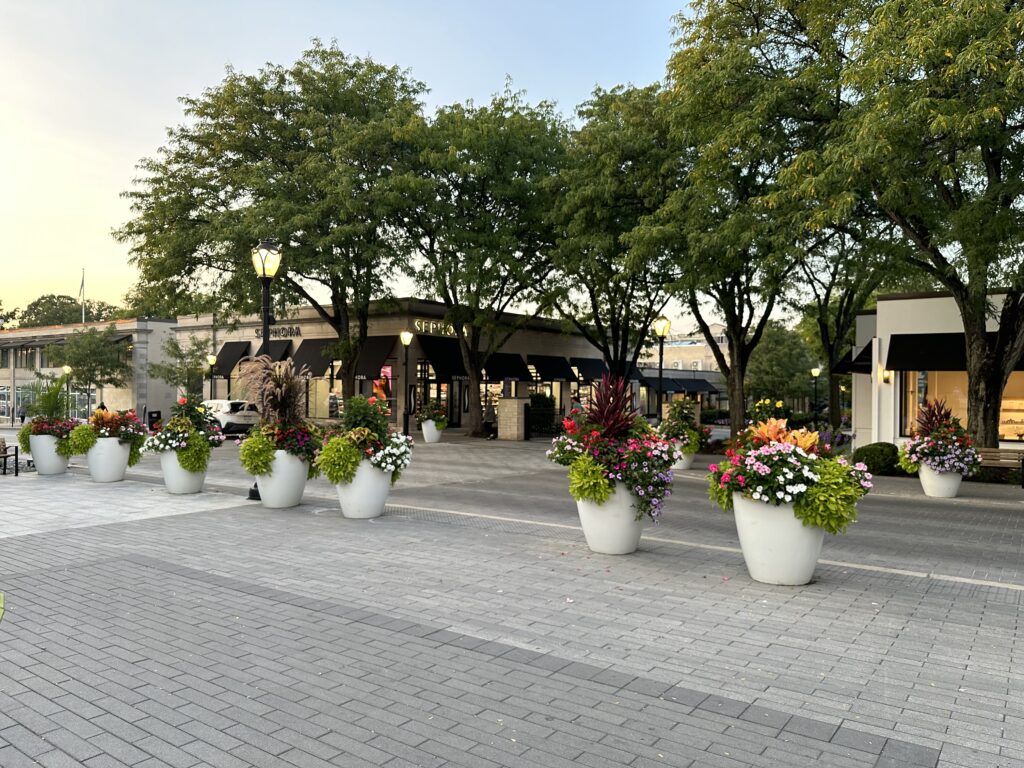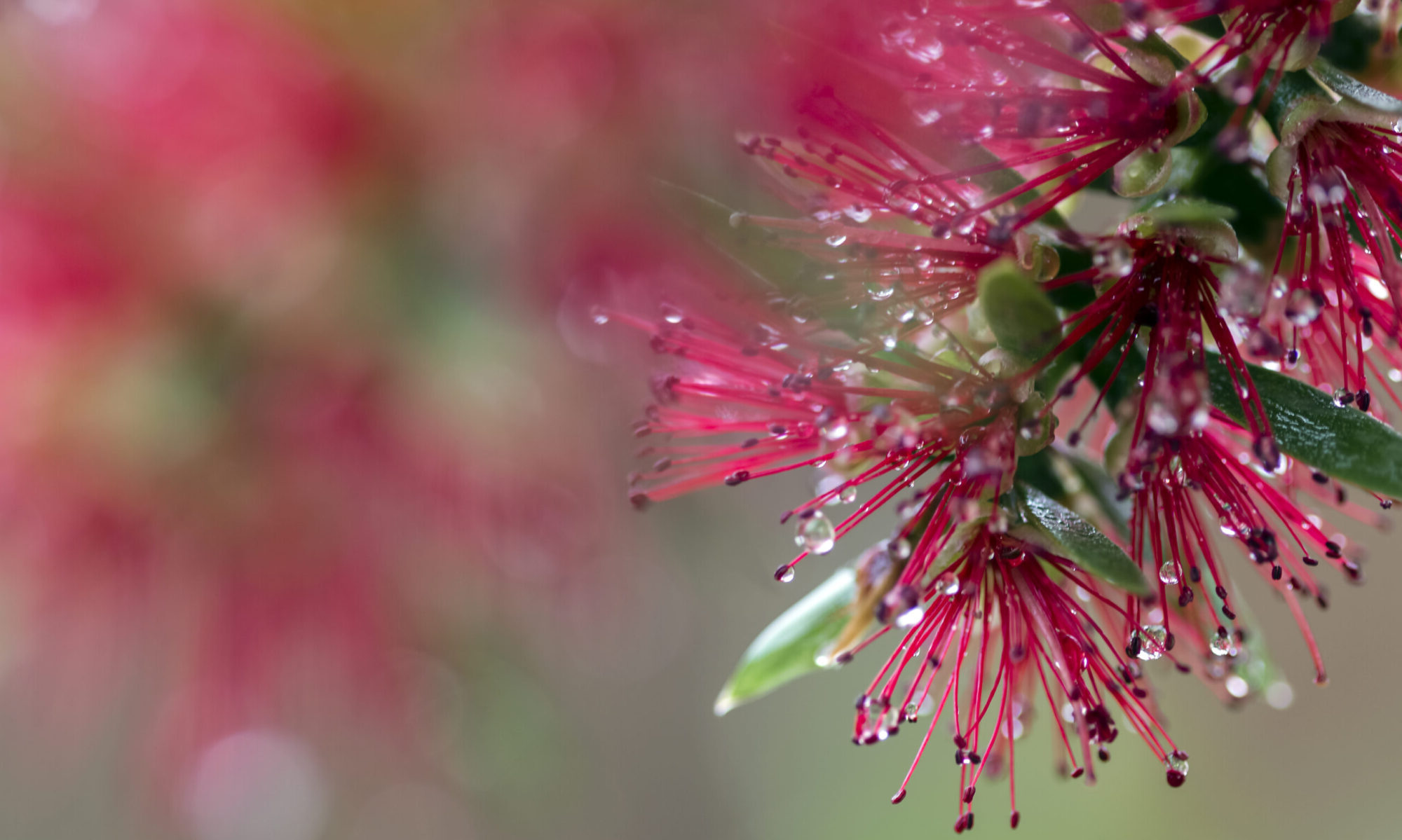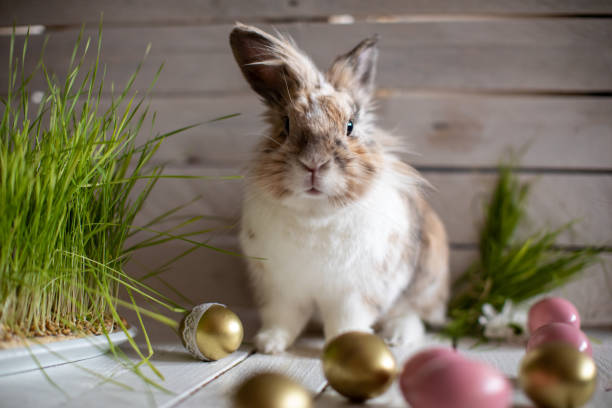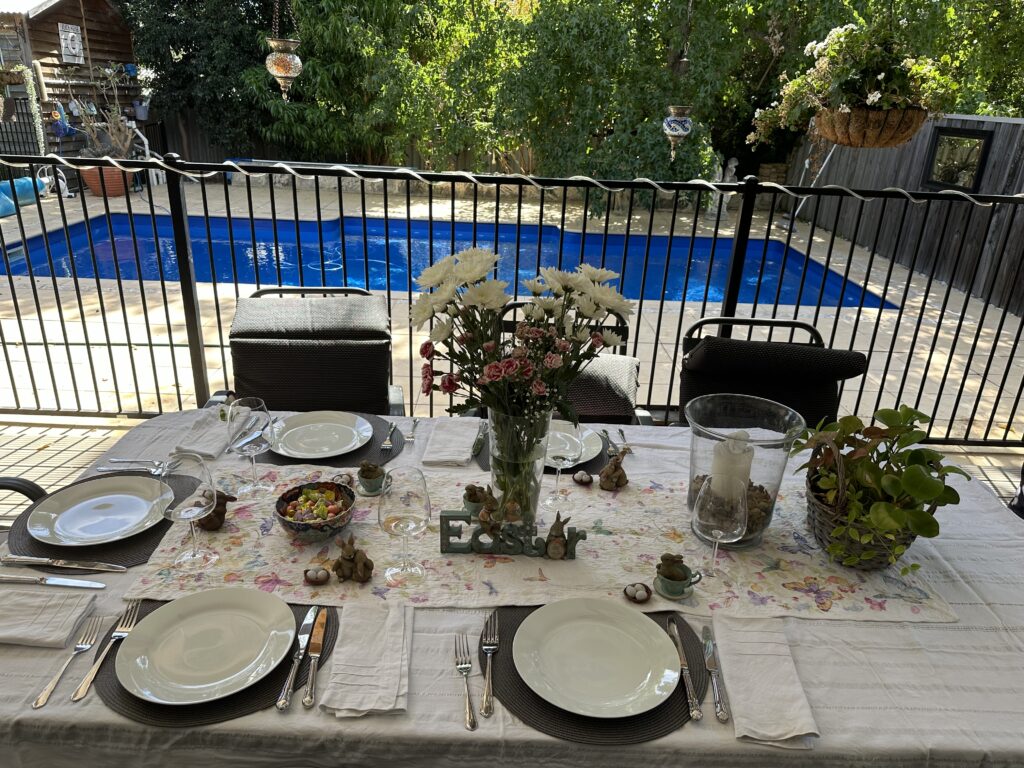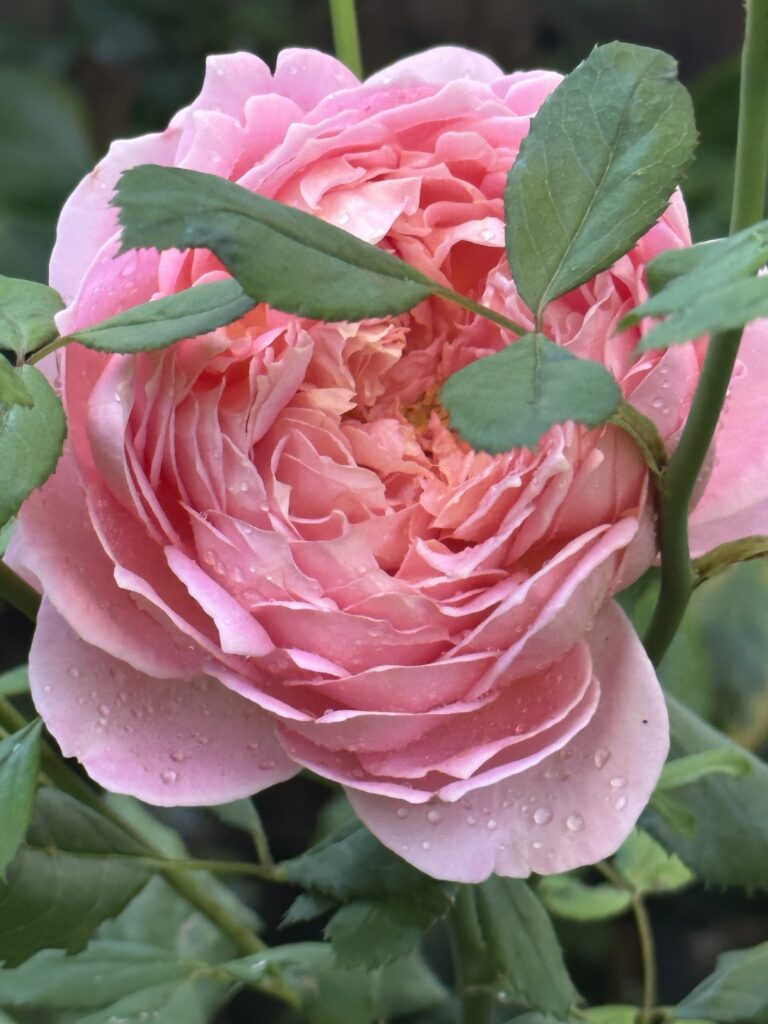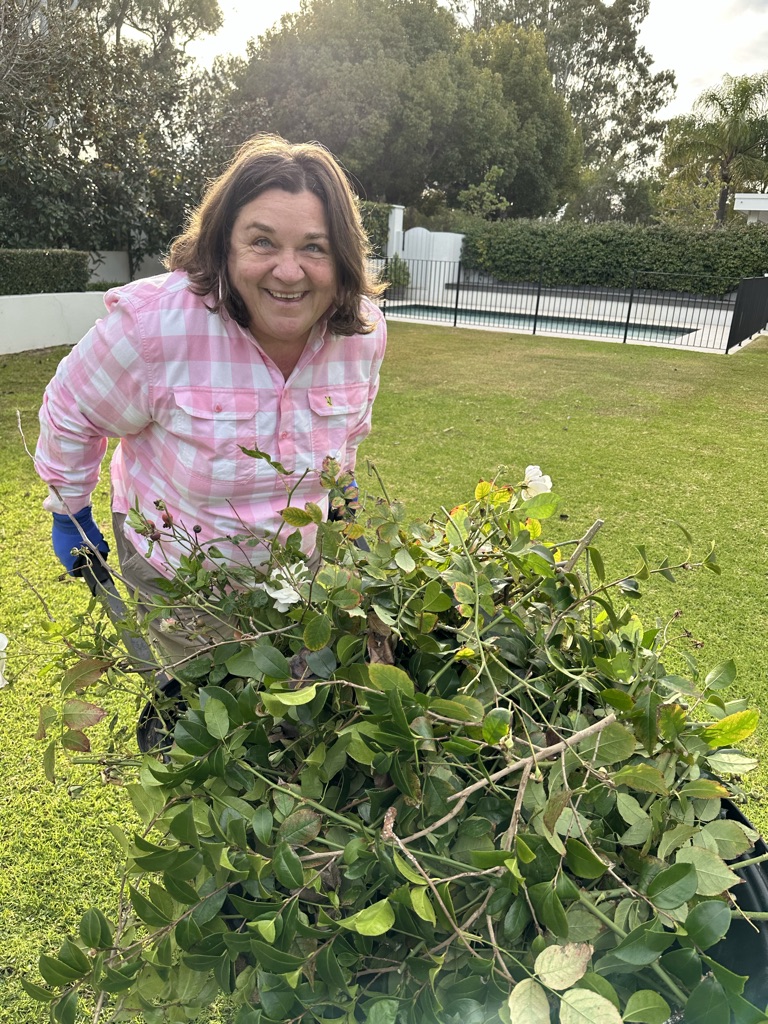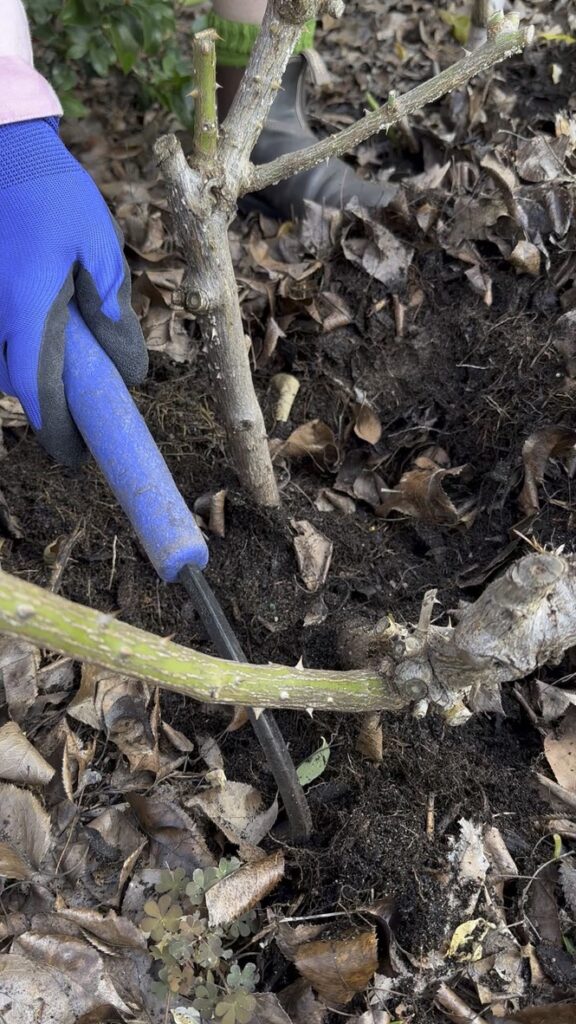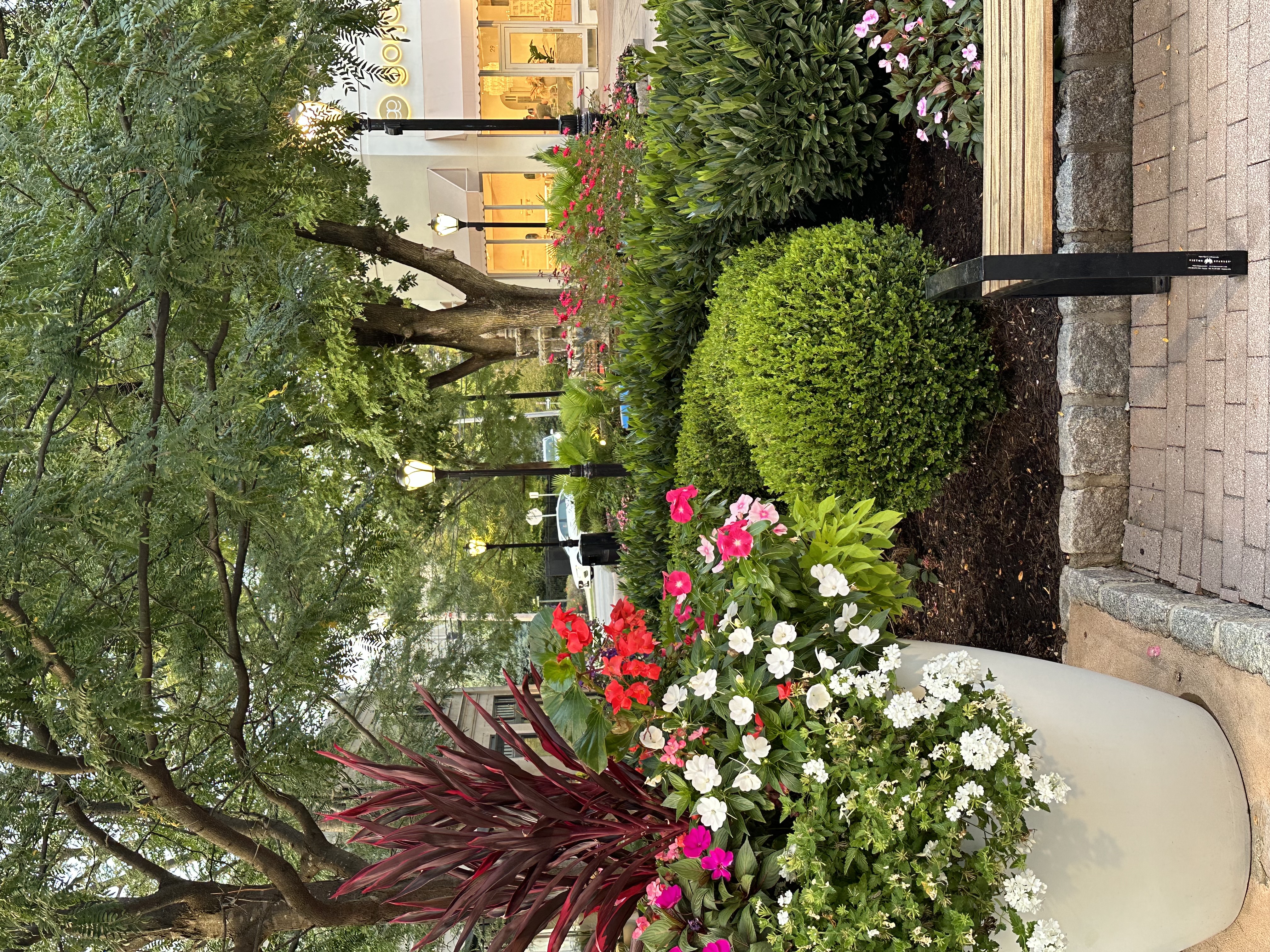
Bloom Wildly: 2024 Container Planting at Suburban Square, PA
I know that we are only just heading into Autumn here in Perth, but there is no harm in dreaming and planning for Spring 2025 with some garden container inspiration now. It will be here before you know it.
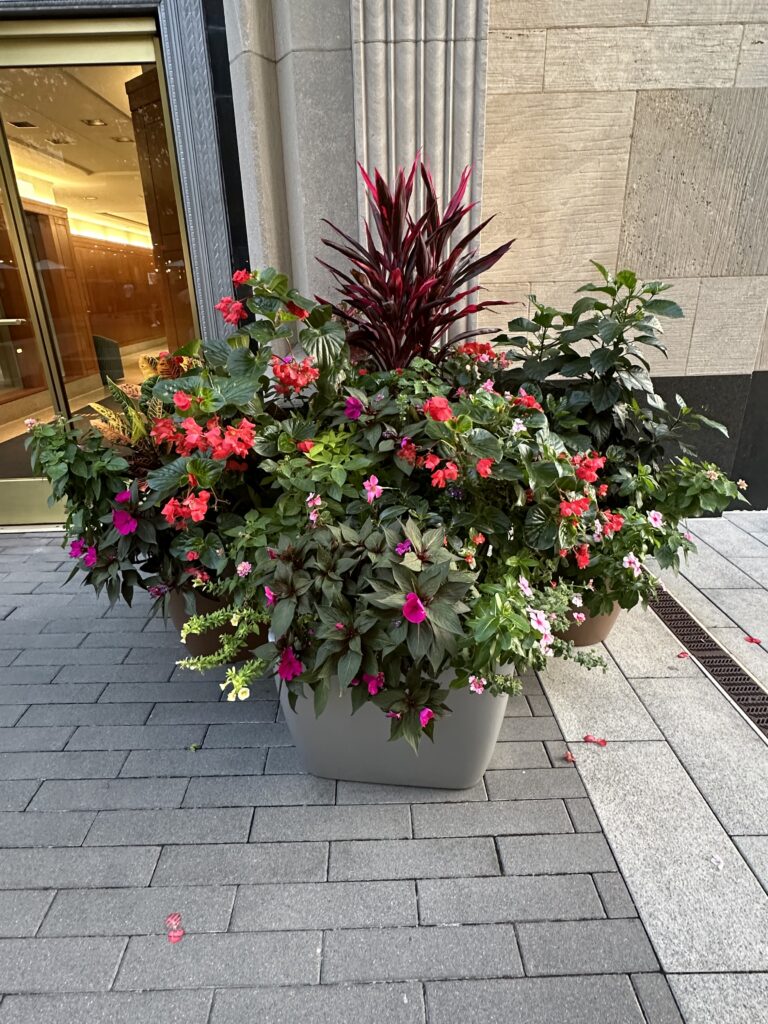
Last August, I had the great pleasure of visiting Suburban Square in Ardmore, Pennsylvania. Over the past 3 years this incredible shopping precinct has been brought to life with spectacular bursts of colour through their annual container displays. However, for me, the 2024 Bloom Wildly container planting took explosions of container filled colour to the next level.

Suburban Square obviously take a great deal of pride in blending retail with nature and the 2024 planting initiative demonstrated that philosophy in the most delightful way.

Andrea (L) with her friend, Horticulturist and Educator, Louise Clarke (R) from Media PA
2024 marked the third year of the The Bloom Wildly festival of flowers and aimed to bring inspired botanical beauty to urban and retail environments. The focus for Bloom Wildly 2024 was on bold colours, pollinator-friendly species, and sustainable container gardening practices. Any gardener seeking garden container inspiration could experience it at every turn. A collaboration between some local horticulturalists, landscape designers and community volunteers, the installation included dozens of super healthy plants filled to overflowing containers which were placed throughout the shopping centre’s walkways, plazas and patios.
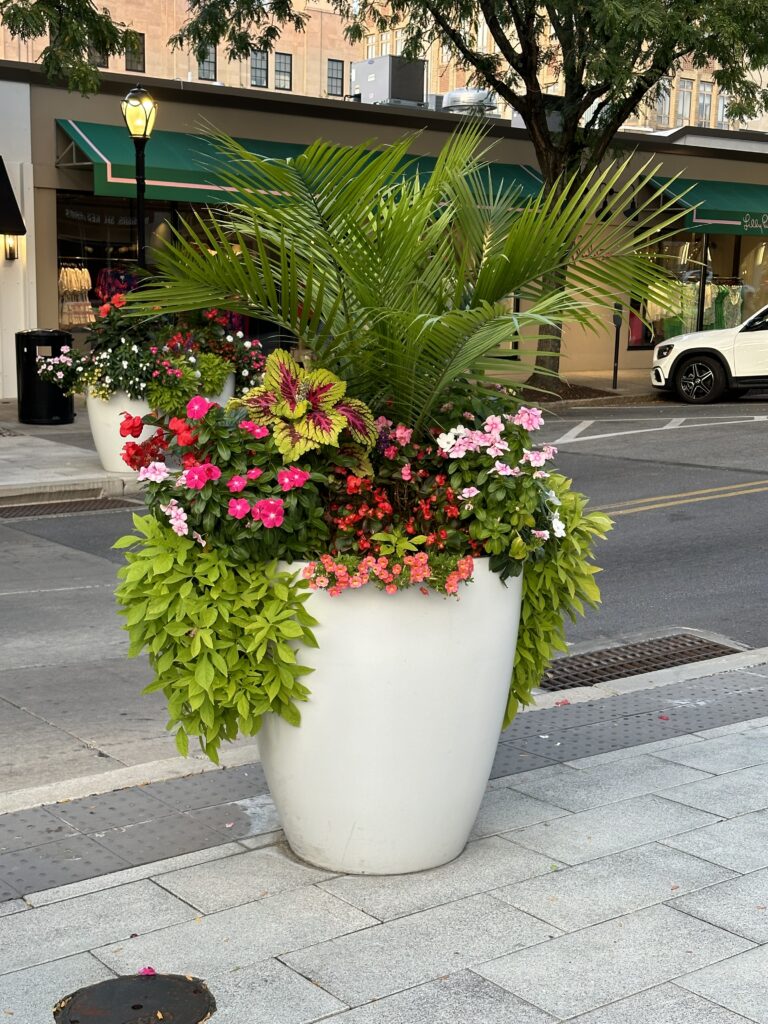
The design themes I experienced drew inspiration from meadow-style planting trends, which was forward-projecting for the ‘Wild and Free’ trend for Spring/Summer 2025 in Australia.
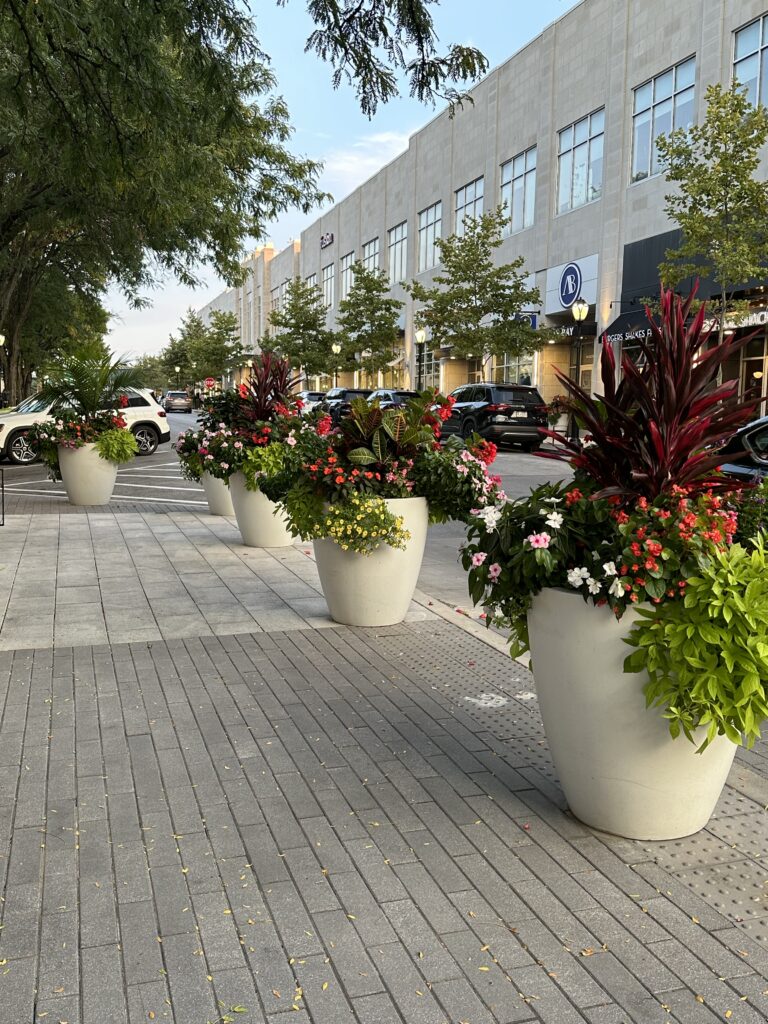
Containers featured loose, whimsical arrangements mixing textures, heights and bloom times. The Thriller plants included Echinacea, black-eyed Susans, ornamental grasses (lots of fabulous tall grasses) and Salvias — all of which bloomed their heads off in containers and welcomed bees, butterflies and other pollinators like hummingbirds, all in an outdoor suburban shopping mall.
So many great examples of ‘Thriller Spiller Filler’ container planting style was everywhere. Bright splashes of Geraniums, trailing Petunias, and annual Calibrachoa were obviously chosen for their stunningly bright colours and continuous blooms throughout the Pennsylvanian Spring and Summer months.
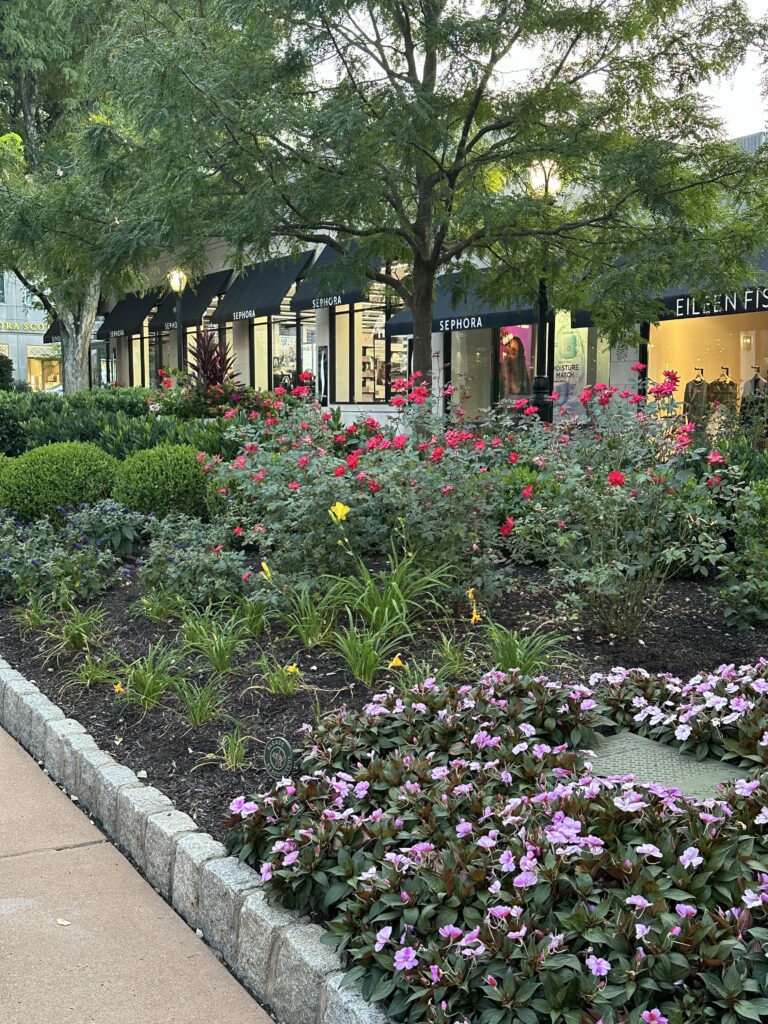
Pennsylvanian native plant species were carefully included, demonstrating that native plants do just as well in containers as introduced annuals and perennials.
The native inclusions offered encouragement and container inspiration for visiting gardeners to plant these specimens in their own gardens to support local ecosystems, as a water wise and environmentally friendly option. All of the containers used in 2024 were chosen with sustainability in mind. Many were made from recycled or repurposed materials and filled with more sustainably produced compost and soil blends. The plants were all super healthy and obviously appreciated the good soil in the containers.
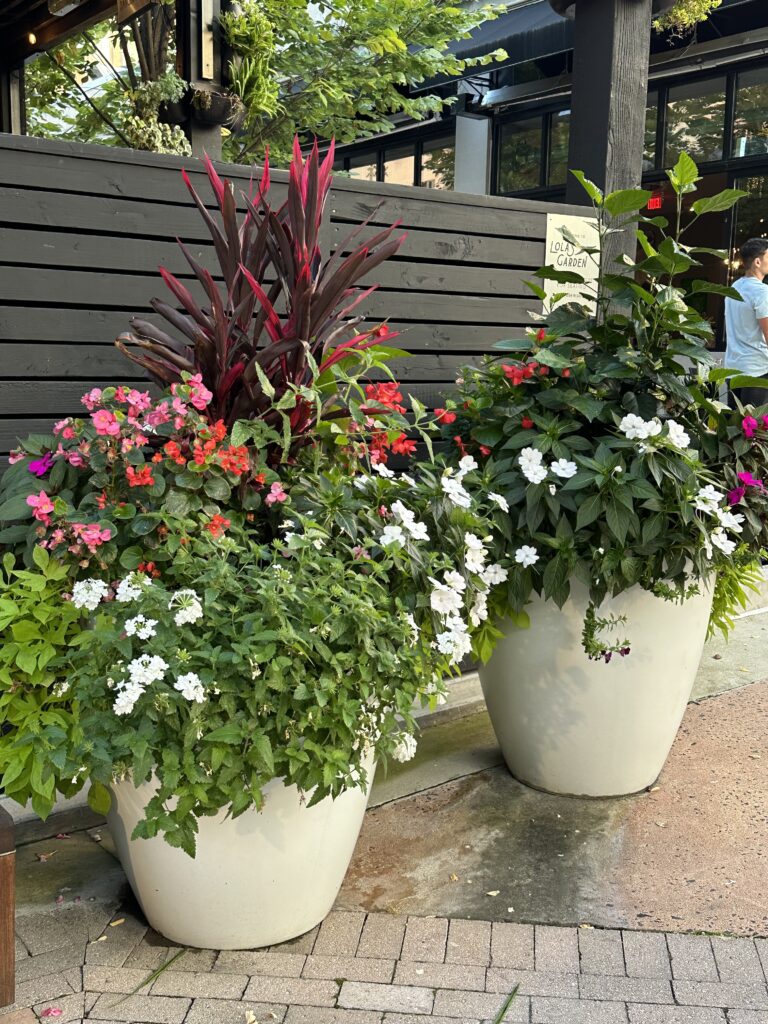
The transformation of this retail space was a little bit mind blowing for this Aussie visitor. I had never seen any thing quite like it before. The joy that live plants and nature interacting wild and freely with people in an urban setting such as this, is remarkable on so many levels. The fact that the owners of this space are willing to commit to such installations year after year is commendable.
And so if you’re inspired to create some stunning containers…this is a pretty good place to start…what wild and free inclusions will be in your garden??? Let me know here.
